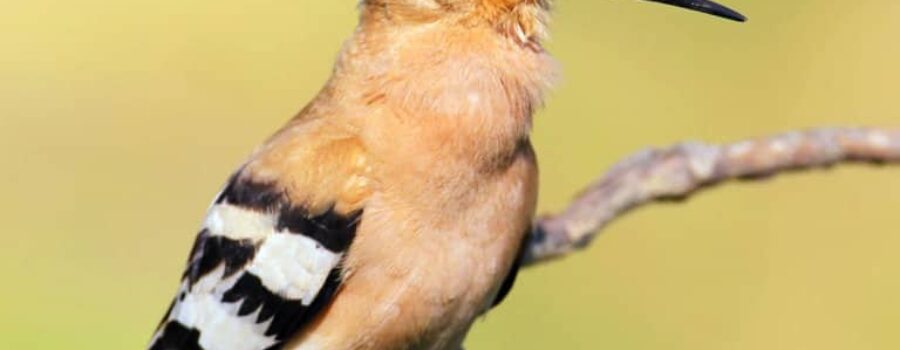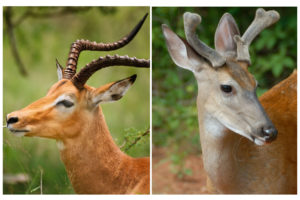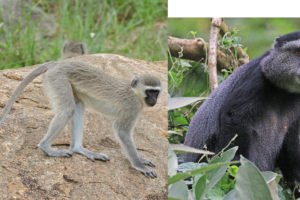This morning I looked out my front window and there was a hoopoe in the garden, busily pecking the earth.
When people in the USA speak about the wide variety of interesting and colorful birds there, I inwardly laugh. Southern Africa’s birds are fantastic, in my opinion much more interesting than those in North America. In my garden I often have white browed robin chats, speckled mousebirds, silver cheeked hornbills, collared sunbirds, and dozens of others. Look any of these up on Google Images and be amazed. Until today, though, an African hoopoe had never visited.
Hoopoes are found in Africa, Asia, and Europe. Twenty years ago, I became curious about them when reading the novels of Salman Rushdie. He frequently alludes to hoopoes, often as birds of wisdom or good luck. Honestly, when reading about the birds in Rushdie’s novels, I had no idea what he was talking about. Eventually I looked them up in an encyclopedia (!), loved their scientific name (Upupa epops) and finally saw a photo. It was love at first sight.
Three years later I visited India and saw my first hoopoe in the flesh. Fantastic.
Three years later I visited India and saw my first hoopoe in the flesh. Fantastic. They are small to medium sized birds, 45 cm (17 inches) long with about the same wingspan. They are beautifully colored with a long straight beak that the use to probe the ground. Their food is insects and grubs which they search for on or beneath the earth’s surface.
And, no, it is not only Salman Rushdie and me who are fans. They are favorably mentioned in the Quran. Legend is that hoopoes carried messages between King Solomon and the Queen of Sheba. It is the national bird of Israel.
Even though the bird was only 12 feet away from me, I retrieved my binoculars to get a closer look. As I opened the front door and stepped out onto my khonde, it flew away, noisily scolding me for interrupting its meal. I am looking forward to the coming day. When such a favorable omen begins one’s morning, good things must lie ahead.







